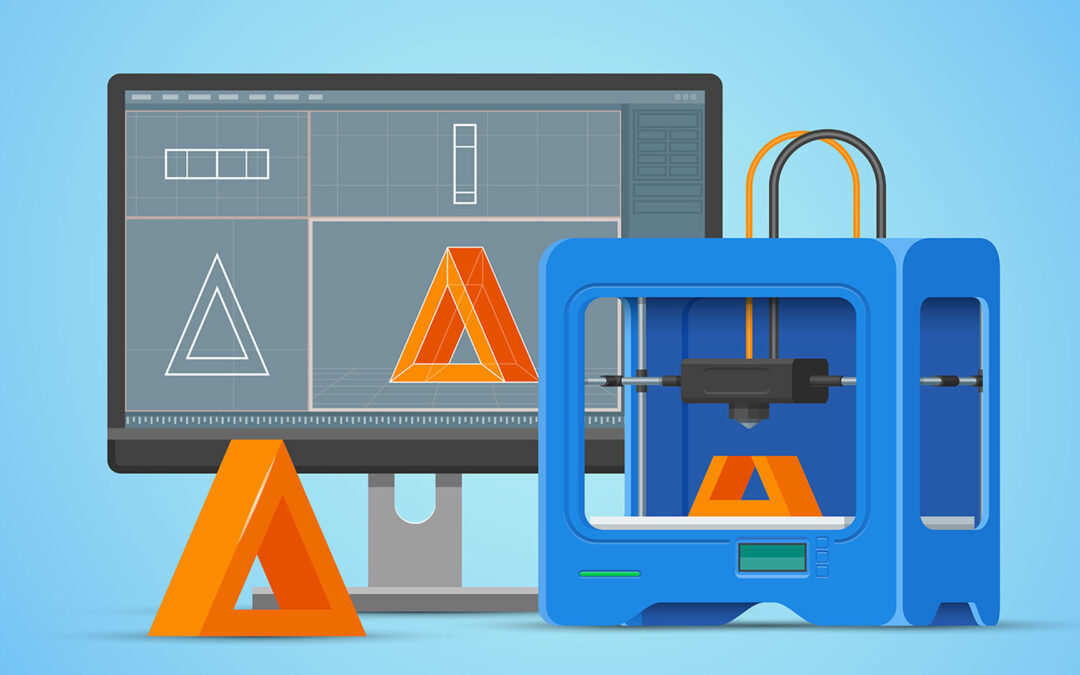In the dynamic domain of industrial innovation, 3D printing technology has emerged as a revolution, reshaping conventional manufacturing processes. With its origins rooted in prototyping, 3D printing technology has evolved into a powerful tool for end-use production. This blog delves into the current state of 3D printing, exploring its impact on various industries and forecasting the trajectory it might follow. With SSIGMA’s cutting-edge services and training, we steer through the intricate world of additive manufacturing.
The Current Scenario:
Presently, 3D printing is not merely a novel concept, but a pivotal technology embraced by diverse industries. In aerospace, companies are utilizing 3D printing to manufacture complex components like turbine blades, reducing weight and improving fuel efficiency. In healthcare, the technology has indicated a new era of patient-specific implants and prosthetics. The automotive sector leverages 3D printing for rapid prototyping and creating intricate parts.
SSIGMA, at the forefront of technological advancement, has integrated state-of-the-art 3D printing capabilities into its service portfolio. The company’s commitment to precision and innovation is exemplified in its ability to deliver intricate prototypes, functional parts, and customized solutions across industries.
Advantages of 3D Printing:
Rapid Prototyping:
The speed of 3D printing allows for rapid prototyping, significantly reducing the time taken to iterate designs.
Customisation:
3D printing services empower clients to create highly customised products tailored to specific requirements.
Complex Geometries:
3D printing excels in producing complex geometries, enabling the fabrication of intricate structures that conventional methods may struggle with.
Reduced Waste:
The additive nature of 3D printing minimizes material waste, aligning with sustainable manufacturing practices.
The Future Outlook:
The future of 3D printing appears poised for exponential growth. With ongoing advancements in materials and technology, the scope of applications is expanding rapidly. By 2025, the global 3D printing market is projected to reach $42.9 billion, reflecting the technology’s transformative potential.
Conclusion:
As industries continue to harness the potential of 3D printing, SSIGMA stands as a beacon of innovation. The journey towards this future is marked by SSIGMA’s unwavering commitment to pushing the boundaries of what’s possible in the realm of industrial automation and additive manufacturing.

